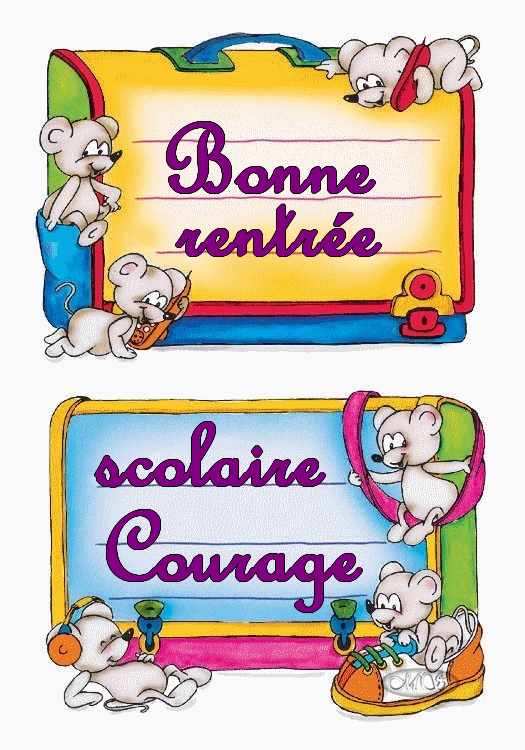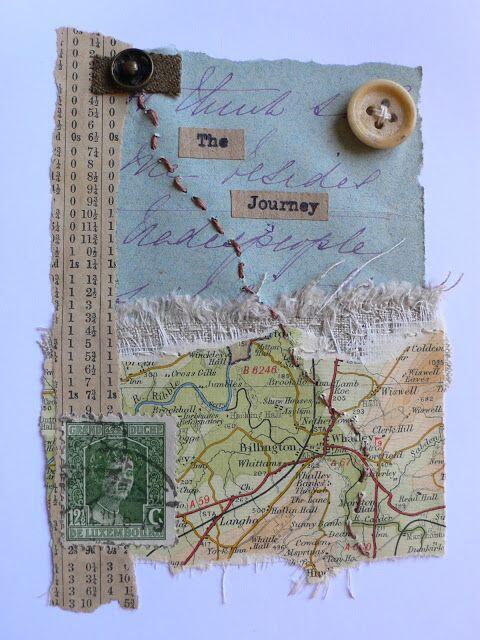It's great to actually visit the target language countries and cultures of the languages we try to share with our young language learners and last week I was lucky enough to be able to do just that!
I spent part of the week in Basque France and Basque Spain. This next half term with Year 5 our focus is the seaside .We have looked at the seaside before with our younger learners and so I am always looking for more sophisticated approaches to the theme of seaside.
Well here staring straight back at me was a sophisticated seaside and geography focus!
It's so simple!
Step One - the country,the resorts and language investigation!
I spent part of the week in Basque France and Basque Spain. This next half term with Year 5 our focus is the seaside .We have looked at the seaside before with our younger learners and so I am always looking for more sophisticated approaches to the theme of seaside.
Well here staring straight back at me was a sophisticated seaside and geography focus!
It's so simple!
- Take a look at the map. Last week I visited Biarritz and then later in the week San Sebastian!
- Here we have an ideal describe,compare and contrast series of activities .
- These seaside resorts are so near to each other!
- The activities can be completed in French or Spanish and will engage our learners in sentence structrure, use of common verbs and the use of conjunctions to make comparisons......
Step One - the country,the resorts and language investigation!
- Share the map with the class.Ask them to look at the seaside and coast.Can the class identify the border between two countries? (You may want to explain too about the basque country and their own language- can the children think of similarities in the United Kingdom e.g English and Welsh/ the coast in NW England and North Wales etc)
- Can the children investigate the map and find the three resorts.
- Can they work out how far away the resorts are from each other?
- Can they decide which languages are spoken in the three seaside towns? Can they write a simple present tense sentence using the verb " to speak" to explain the target language they think they would hear in each town - e.g "A San Sebastian on parle espagnol" and "A Biarritz on parle français
- Can they now add a conjunction and create an extended sentence with the two sentences they have written? Give the children a choice of conjunctions - which do they prefer to use e.g et/ mais/pourtant ?
Step Two - the weather report
- Ask the children to investigate the weather with you in Biarritz and in San Sebastian during one specific week.All you need to do is google the weather for the two places and find the weather forecast for that week. Can they write a weather report for the two towns using conjunctions e.g "Le lundi à Biarritz il fait beau mais à San Sebastian il pleut"?
Step Three - the resorts and the food
- Let's investigate the food.Can the children find out what food they would eat if they had "tapas" in San Sebastian or ordered cakes in a "salon de thé" in Biarritz?
- Can the children help you to make a list of foods that they could eat in these two places...."On peut manger ............ à Biarritz, on peut manger ............à Saint Jean de Luz et on peut manger ........... à San Sebastian"
- Can they now add their own preferences from the lists of food using the conjunction "pourtant"?
Step Four- the places and the activities
It's here that the children will see that the seaside resorts may have different foods, sometimes share or have different weather but that the resorts share similar geography and seaside activities!
All we need to do is:
San Sebastian
Biarritz
- Give out two pictures of the beach- one of San Sebastian and one of Biarritz- to pairs of children (same pictures for each pair).
- Can the children make a list in the target language of the geographical features and the buildings they can see in the pictures?
- How similar are their lists for San Sebastian and Biarritz?
- Can the children investigate the pictures and make a list of verbs as infinitives to describe the activities they think they can see on the beach in each picture?
- Can they now make a list using "you can ..." e.g in French "on peut..." of the activities and explain that the same activities take place in Biarritz and in San Sebastian?
Step Five -Writing a description
Can the children now write a descriptive text comparing the seaside in San Sebastian and Biarritz?
What have they found out?
What are the similarities and differences between the two resorts?
















